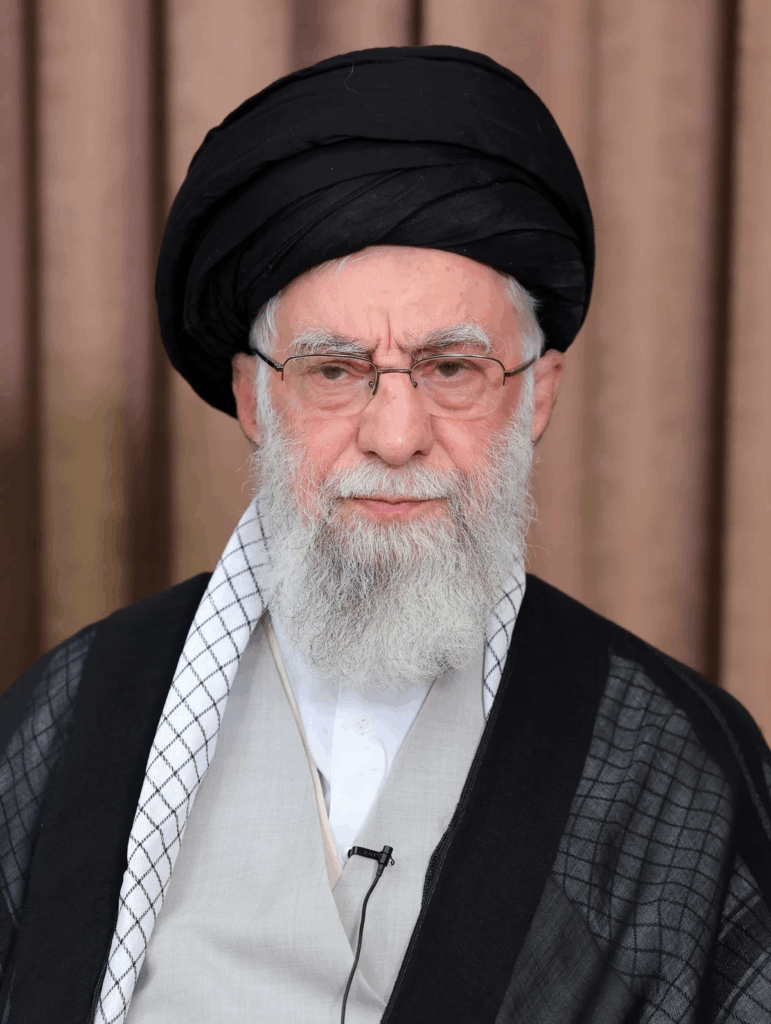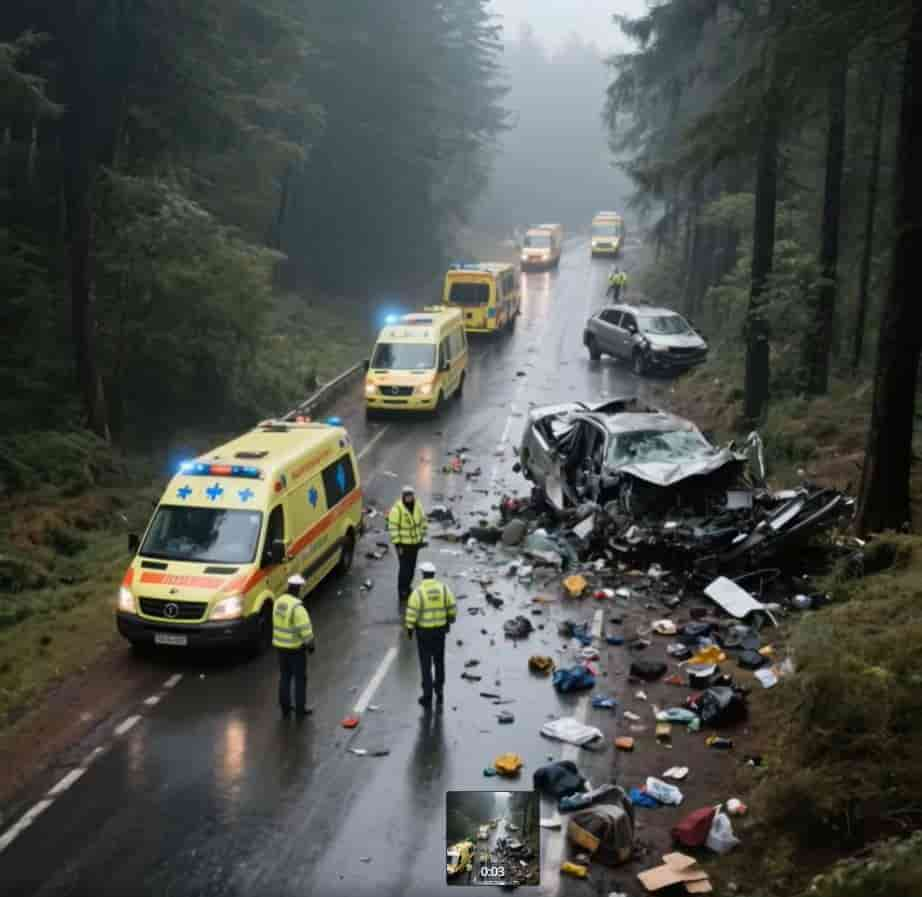BREAKING NEWS: Iran Just Launched Missiles At The U.S. Military Base In Qatar
It has been revealed that Iran has fired six missiles at US air bases in Qatar and Iraq in response to President Trump’s attacks on nuclear facilities in the Middle Eastern nation.
On Saturday night (June 21), Donald Trump attacked Iran’s main nuclear installations, calling the operation a “success” after it “completely obliterated” the Middle Eastern nation’s nuclear sites in Fordow, Natanz, and Esfahan.
However, there have been increasing concerns about the bombings’ global repercussions, particularly with regard to Iran’s potential retaliation after threatening to develop a “decisive response” to the US attack. And that reaction took place today, Monday, June 23, when Iran targeted Qatar’s Al Udeid Air facility, which is home to about 10,000 US troops and is the biggest US facility in the Middle East.
According to an Iraqi security officer who spoke to The Associated Press, the US troop facility in Western Iraq, Ain al-Asad, was also targeted. In a statement, the US government stated that “The White House and the department of defence are aware of, and closely monitoring, potential threats.” Officials have reported that there were no injuries at Al Udeid after the missiles were intercepted by Qatari air defenses.
The closure of Qatari airspace was declared earlier today due to the possibility of an Iranian assault. Additionally, the US embassy in Qatar advised US nationals to remain indoors “until further notice” just a few hours earlier. Operation ‘Annunciation of Victory’ was launched against US bases, according to the Iranian news agency Tasnim. Iran’s military has acknowledged that a “devastating and powerful” missile attack has struck the Al-Udeid base in Qatar.
Masoud Pezeshkian, the president of Iran, posted on Twitter shortly before the explosions: “We neither initiated the war nor seeking it. But we will not leave invasion to the great Iran without answer.” Israel claimed to have hit “regime targets and government repression bodies in the heart of Tehran,” Iran’s capital, on the eleventh day of the battle.

As its attention has switched to symbolic targets as well, the Israeli military warned Iranians that it would continue to bomb military sites near Tehran during “the coming days.” Only a day after bringing America into the conflict with its historic stealth-bomber raid on three Iranian nuclear installations, President Trump publicly alluded to the likelihood of the latest strikes. “If the current Iranian Regime is unable to MAKE IRAN GREAT AGAIN, why wouldn’t there be a Regime change???” the president wrote on Truth Social. According to the BBC, there is a Marine standing outside the door, which suggests that Trump is in the White House’s West Wing.
What happens when Iran’s leader dies or is deposed?

The Assembly of Experts, which consists of 88 senior clerics, is charged under Iran’s constitution with selecting a new Supreme Leader. The Atlantic Council indicates that this assembly is approved by election after being reviewed by another clerical body. It’s a lot like the Catholic Church’s Conclave cardinals choosing a new pope. But these things rarely go as planned.
Iran has only had one Supreme Leader change in its forty-three-year history, following the death of Ayatollah Khomeini in 1989. Ayatollah Montazeri was initially chosen by Khomeini to succeed him, but he was later removed after publicly denouncing a previous mass execution of political prisoners. Therefore, prior to Khomeini’s passing, no new replacement was named.
President Ali Khamenei, a mid-level cleric at the time, was chosen by the Assembly of Experts to succeed Khomeini. The prime minister’s position was eliminated and the presidency was given more authority when Iran’s constitution was altered to allow for a leader with a lower religious status. Akbar Hashemi Rafsanjani became president twice when Khamenei resigned as president and was accepted as Supreme Leader.
Rafsanjani’s power gradually diminished as Khamenei, who had been elevated to the position of ayatollah, formed a solid alliance with the Revolutionary Guard (IRGC). In addition to having enormous economic and security influence today, the IRGC probably has the most influence over the selection of the next Supreme Leader.
 Fact Stream Daily
Fact Stream Daily


